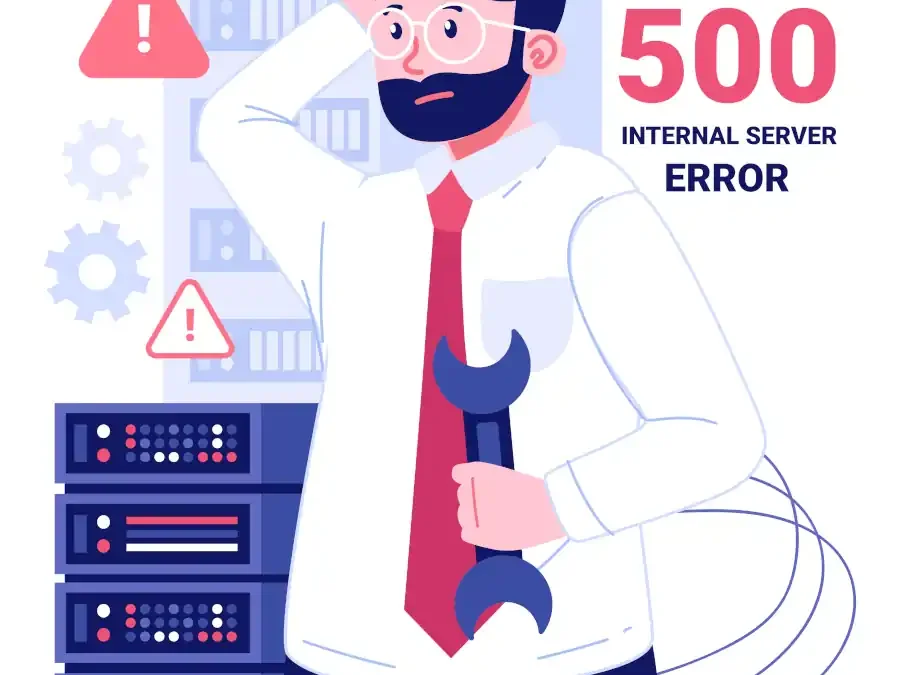Understanding the 503 Error Code: What Webmasters Need to Know
Webmasters and website administrators often find themselves facing various HTTP status codes, each denoting an issue that could affect user experience or site performance. One particularly important code to understand is the 503 Service Unavailable error. This error signals to users that the server is temporarily unable to handle their request, often due to server overload or maintenance. In this article, we will explore the 503 error code in detail, including its causes, implications, and possible solutions for webmasters.
What is a 503 Error Code?
The 503 error code is an HTTP status code which signifies that a server is currently unable to process a request. This temporary unavailability can stem from various issues, all of which demand attention from webmasters. What’s crucial to understand is that a 503 error alerts users that the error is not permanent—it’s a temporary problem. The response typically looks like this:
HTTP/1.1 503 Service Unavailable
When users encounter a 503 error, they may see a webpage displaying this message, often with accompanying details that can inform them of the situation.
Common Causes of a 503 Error Code
Understanding the root causes of a 503 error is essential for effective troubleshooting. Here are the main reasons why a 503 error might occur:
- Server Overload: Heavy traffic can overwhelm a server, causing it to become temporarily unavailable. *
- Server Maintenance: Websites often undergo scheduled maintenance to implement updates, fix bugs, or enhance security.
- Faulty Plugins or Extensions: Outdated or malfunctioning plugins can interfere with server operations, leading to errors.
- Misconfigurations: Incorrect settings in server configuration files can trigger a 503 error.
- DDoS Attacks: Malicious attacks designed to overwhelm servers can lead to temporary unavailability. *
* If you host your website with Eirhost, a server wide problem is unlikely as we ensure that heavy traffic and DDoS attacks are limited to the account on the server that is experiencing the overload only
Implications of a 503 Error Code
While a 503 error might seem benign, it has various implications for both users and webmasters. Here are the potential consequences:
- Poor User Experience: Frequent 503 errors can frustrate users, leading to a higher bounce rate and diminished site reputation.
- SEO Impact: Search engines may interpret repeated 503 errors as a sign of an unreliable site, which could affect rankings.
- Loss of Revenue: For e-commerce sites, any downtime can translate into lost sales and revenue.
How to Fix a 503 Error Code
Identifying and resolving the reason behind a 503 error is vital for webmasters. Here are some effective methods to troubleshoot and fix the issue:
Check Server Load
Use a server monitoring tool to analyse traffic patterns and server load. If traffic is unusually high, consider:
- Upgrading hosting plans.
- Implementing load balancing.
- Optimizing your website performance.
Review Server Logs
Server logs can provide insight into what might be causing the 503 error. Check for:
- Error logs to spot any recurring issues.
- Access logs to identify unusual activity or traffic spikes.
You can access live statistics on visitors and server logs vis your cPanel hosting account.
Disable Plugins or Extensions
If you’re using a content management system (CMS) with plugins, they may be at fault. To troubleshoot:
- Temporarily disable all plugins and see if the issue resolves.
- Reactivate plugins one by one to identify the culprit.
WordPress Error 503 Fixes
In WordPress a 503 error is often caused by multiple log in attempts. Are firewall will block login attempts once a certain number of incorrect logins have been made, but it makes sense to prevent these from happening in the first place.
- Consider using a plugin to limit Login Attempts, such as Loginizer
- Add reCAPTCHA to your login pages using a plug-in like reCaptcha by BestWebSoft
Check Site Maintenance Notices
If you’re performing scheduled maintenance, ensure that users are aware of the downtime. Consider adding a maintenance notice on your website to inform visitors of the situation.
Update Server Configuration
Misconfigurations in server settings can lead to a 503 error. Review your settings, particularly:
- Your .htaccess file for any coding errors.
- Your server resource limits and adjust them as necessary.
Best Practices for Preventing the 503 Error Code
Prevention is often the best cure. Here are some best practices to help minimize the chances of encountering a 503 error:
- Regular Backups: Always maintain backups to quickly restore your website in case of failure.
- Load Testing: Conduct regular load tests to assess how your server responds under peak traffic conditions.
- Update Consistently: Keep all software, plugins, and themes updated to prevent compatibility issues.
- Monitor Traffic: Use analytical tools to monitor traffic spikes and plan for necessary adjustments.
The 503 Service Unavailable error is a temporary hiccup that, if managed appropriately, doesn’t have to have lasting repercussions on your website. By understanding its causes, implications, and remedies, webmasters can effectively tackle this problem and enhance overall site reliability. Remember, maintaining the health of your website involves regular updates, monitoring, and readiness to address issues as they arise.
By following the outlined strategies, you can reduce your chances of encountering the 503 error code, ensuring smooth operations for your users and preserving your site’s integrity and performance.


